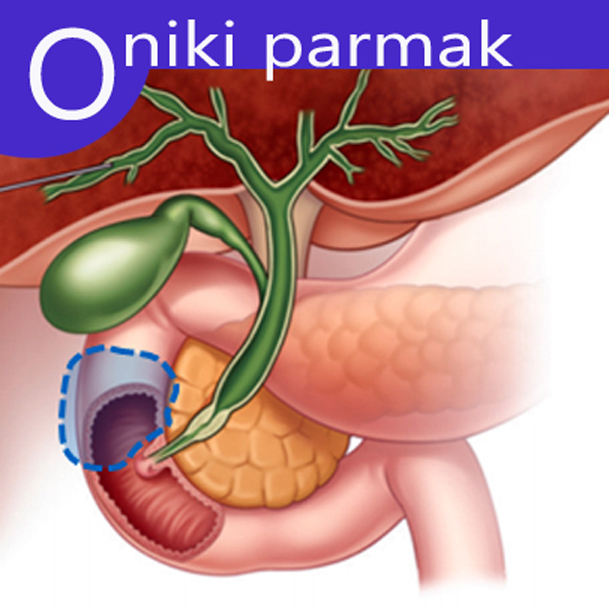What is Pancreatic Cancer? Symptoms and Treatment Methods
Pancreatic Cancer
Located in the middle of the abdomen but deep inside, behind the stomach, the pancreas is an organ that is not directly visible when the abdomen is opened from the front. Its unique location makes it adjacent to several of the body’s most important vessels and organs such as the stomach, duodenum, spleen, biliary tract, and adrenal gland. Which means that pancreatic surgery involves complicated and sophisticated operations using very specialized techniques. Nevertheless, medical advances, especially in the last 20 years, have reduced the problems that develop after pancreatic surgeries and made it possible to treat these problems more easily. Nowadays, pancreatic surgery can be performed both open and closed with laparoscopic and robotic surgery.
An important organ of the body is the pancreas, which is located at the very back of the abdomen. About 15 centimeters long, it is adjacent to the large intestine and duodenum. By playing an important role in the digestion of food, the pancreas ensures that the glucose from the food you consume is kept at an ideal level in the blood. A problem in the pancreatic organ can affect the whole body. Malignant tumors that form in this organ are called pancreatic cancer. Although cancer usually spreads in the head of the pancreas, it can develop in all parts of the organ.
Types of Pancreatic Cancer
Pancreatic cancer can be of many different types, but the most common type is adenocarcinoma. Capable of metastasizing to surrounding tissues, adenocarcinoma originates from aggressive cells. It can therefore progress rapidly and negatively affect a person’s life. In the initial stages, asymptomatic pancreatic cancer manifests itself with many different symptoms in advanced stages. It manifests itself through various factors like depression, diabetes without a family history, pallor, stools the color of glass paste, back pain, digestive difficulties, diarrhea, fatigue, weakness, nausea, vomiting, loss of appetite, jaundice, abdominal pain, and weight loss.
Symptoms of Pancreatic Cancer
Weight loss occurs rapidly in patients with pancreatic cancer. If the patient is malnourished or has a loss of appetite, he or she should consult a specialist doctor. In pancreatic cancer, which also manifests itself in different factors such as indigestion and bloating, one of the most important factors that can be observed in the early period is jaundice. It should be a decisive factor for you if you notice tea-colored urine, yellowing of the skin, and, above all, jaundice of the eyes. In pancreatic cancer, the bile duct is blocked, which prevents excretion in the duodenum and can lead to the yellowing of the eyes and then the body. It is characterized by vague abdominal pain and progresses over time to a backache.
Factors of Pancreatic Cancer
Smoking is one of the most important factors of pancreatic cancer, which is very common in smokers and obese individuals. Besides, if there is a family history of cancer, the person may be in the risk group. Males are more likely to develop pancreatic cancer than females. Diagnosis can be difficult in the early stages. Diagnostic tests can be used to determine whether a person has pancreatic cancer. Ultrasonography, laboratory tests, computed tomography, and magnetic resonance imaging are performed for this purpose. Imaging systems are used to determine whether the mass is benign or malignant, and then the most appropriate treatment method for the patient is preferred.
Identifying Pancreatic Cancer
For people with suspected pancreatic cancer, ultrasonography is the first diagnostic method of choice. Ultrasonography can be used for many different examinations such as the proximity of the tumor to vascular structures, the relationship of the mass with other surrounding structures, and its size, presence, and hardness. Pancreatic cancer can be diagnosed after radiological, laboratory, and physical examinations. Following the diagnosis, the chances of surgical removal of the mass are evaluated.
If the cancer is advanced, no surgical procedure is performed. Instead, chemotherapy is expected to correct jaundice in the body. Chemotherapy can be used to improve the comfort of life and reduce pain. In addition, a stent can be inserted into the biliary tract through the abdomen to allow bile to flow out.
Symptoms of Pancreatic Cancer
With a length of about 15 centimeters and located in the back of the abdomen, the pancreas has important functions in the body. The pancreas, an organ in the form of a gland, secretes enzymes that allow the digestive system to function properly and optimize blood glucose levels. Producing glycogen and insulin, the pancreas helps to get hormones into the bloodstream. Decomposing the proteins secreted in digestive enzymes into fatty carbohydrates, the pancreas helps to convert these nutrients into energy and store them in the body. Pancreatic cancer is caused by the uncontrolled proliferation of cells in the pancreas, which has a very important place for the body. Pancreatic cancer, the fourth most deadly cancer, can lead to loss of body functions.
Risk Factors for Pancreatic Cancer
This type of cancer, which can also spread to other organs, usually occurs in exocrine cells. This is why it is also called exocrine cancer. Pancreatic cancer can often be treated with surgical interventions. No medicine is currently very effective against pancreatic cancer. Although the causes of pancreatic cancer are not clearly known, several common factors increase the risk of developing cancer. Starting usually in the 50s, pancreatic cancer is more common in people over the age of 60. Another important factor is the person’s genetic predisposition to pancreatic cancer. Factors such as diabetes, smoking, and obesity increase the risk of developing pancreatic cancer.
Effects Observed in Pancreatic Cancer
Symptoms of pancreatic cancer can include light-colored large bowel movements that appear the color of glass paste, darkening of the urine color, yellowing of the skin and under the eyes, pain starting in the upper abdomen and radiating to the back, bloating, abdominal pain after eating or lying down, extreme weakness and fatigue, nausea and vomiting, abdominal pain, loss of appetite and associated weight loss In its early stages, pancreatic cancer is an insidious type of cancer that shows no symptoms. Depression and diarrhea may also be associated with this condition, and when the tumors spread to the end and body parts of the pancreas, it is possible to experience back pain. When you have pancreatic cancer, you will first feel discomfort in the upper abdomen. Abdominal pain may be accompanied by loss of appetite. These symptoms are followed by indigestion and bloating. Diabetes can suddenly become a problem in pancreatic cancer, which is seen as an ordinary stomach disease. If you are experiencing such situations, you should consult your doctor immediately.
Diagnosing Pancreatic Cancer
Various methods can be used to diagnose pancreatic cancer, including blood tests, laparoscopy, ultrasonography, and magnetic resonance imaging. Your doctor will make the most precise diagnosis on an individual basis. There are 5 different stages of pancreatic cancer and the type of treatment can be determined according to the stage to which the person belongs. Tumor forms in the upper part of the pancreatic duct at stage 0, but this tumor cannot be detected by imaging methods. The tumor mass at stage 0 has not yet spread. In stage 1, the tumor grows. Tumors called 1B are between 2 and 4 cm in size. At this stage, there is no spread of the tumor to other organs. In stage 2, there is a regional tumor spread. The tumor may spread to the lymph nodes at this stage. Tumor size in the second stage exceeds 4 cm. In stage 3, it is not expected that the tumor will spread to another organ, but there is a spread to the nerves and nearby vessels. In stage 4, cancer cells spread to other organs such as the intestines and stomach. This stage is known as the last stage of pancreatic cancer.
Treatment of Pancreatic Cancer
Pancreatic cancer treatment varies depending on the stage and characteristics of cancer. Early diagnosis is very important for pancreatic cancer. Besides, treatment methods are also determined by the health of other organs and the health status and age of the person. One or more of the different treatment methods such as radiotherapy, systemic treatment, and surgical treatment can be selected and applied to the patient. Pancreatic cancer surgery makes it possible to remove the tumor. Complete removal of the pancreas may be necessary for some patients. Complete removal of the pancreas requires the person to take enzymes secreted by the pancreas from the outside. If you notice yellowing of your skin or under your eyes, if you suffer from pain that starts in the upper abdomen and radiates to the back, or if you experience bloating, you should consult your doctor immediately. If you have complaints such as abdominal pain, loss of appetite, weight loss, and abdominal pain when you lie down after meals, consult your doctor.
Treatment Methods Applied in Pancreatic Cancer
Over the past ten years now we have performed hundreds of complex pancreatic operations. Nearly 15 percent of pancreatic surgeries includes vascular resection reconstruction. The majority of pancreas surgeries we have performed in the last 3 years have been laparoscopic. In Whipple surgery, our laparoscopy rate reaches 60% and in distal pancreatectomy, including splenic sparing, it reaches 90%. We are the team that has performed Laparoscopic Warshaw Pancreatectomy surgery the most in our country. In laparoscopic Whipple surgery, we are among the few centers that have reached the largest number of patients. In addition to our four years of experience, at the beginning of 2019, we broke new ground in our country by performing 6 laparoscopic Whipple surgeries in 20 days.
Distal pancreatectomy, in which the tail and sometimes the tail-body part of the pancreas is removed, is another common pancreatic surgery to treat tumors. Usually, this surgery is performed to treat tumors located in the body and tail of the pancreas. However, this part of the pancreas is sometimes removed during the treatment of advanced stomach and large intestine tumors involving the pancreas.
In the case of distal pancreatectomy for cancer, the spleen is usually removed together with this part of the pancreas. This is because the vessels that feed and drain the spleen are adjacent to the pancreas and pancreatic cancer has also involved these vessels. However, this surgery can be performed without removing the spleen in some non-cancerous tumors and precancerous cysts of the pancreas. Nowadays, distal pancreatectomy surgery can be performed laparoscopically and robotically in many centers by closed method with spleen preservation.
In addition to the two most common surgeries mentioned above, central pancreatectomy, in which the central part of the pancreas is removed, or enucleation, in which only the mass is removed, are surgical methods that have been used in the treatment of precancerous masses that have not yet turned into cancer (small IPMN, …etc.) and hormone-secreting tumors of the pancreas such as insulinoma. These surgeries can be performed laparoscopically and robotically in appropriate patients.
Radiation therapy is another treatment method that can be preferred in pancreatic cancer. It can also be administered in combination with radiation therapy, and chemotherapy, in which cancer cells are killed using high-energy rays. After surgery, radiation therapy, which can also be preferred to prevent the recurrence of the disease, is effective in destroying cancer cells. Chemotherapy, which involves the use of anti-cancer drugs, is a treatment process in which drug therapy can also be applied. It can be used in combination with chemotherapy and radiotherapy to shrink tumor cells.
By performing pancreatic surgeries laparoscopically and with closed methods, patients’ hospital stays are shortened, and treatment is possible with a smaller surgical scar and less painful surgery.
Pancreatic Diseases Requiring Surgery
Pancreatic diseases requiring surgery are tumors and tumor precursor masses, acute and chronic inflammation of the pancreas (pancreatitis), and their sequelae. Moreover, the tumors of the biliary tract, duodenum, and stomach are also treated by removing part of the pancreas, just like pancreatic tumors. Pancreatic cancer is reported by the World Health Organization as the 4th most common cause of death. It develops mostly in the head of the pancreas.
For its treatment, both surgery and chemotherapy have an important role. Some patients also undergo radiation therapy called radiotherapy. It is also necessary to remove some cysts of the pancreas because of the risk of pancreatic cancer in the future. These are various diseases classified as intraductal papillary mucinous neoplasm (IPMN), mucinous cystic neoplasm, solid pseudopapillary tumor, and serous cystic neoplasm.
It is a matter of special expertise to determine which of these have a high risk of developing cancer and should be removed, and which have a low risk and can be monitored. Another group of diseases of the pancreas is neuroendocrine tumors. These sometimes lead to the release of excess insulin or other hormones, causing various hormonal diseases. In many of the above-mentioned diseases, the surgical approach constitutes the most important part of the treatment. Similar to pancreatic head cancer, three other diseases present with similar symptoms and are treated similarly. These are cancers of the ampulla vateri (also called papillary tumors), cancers of the distal end of the biliary tract, and cancers of the duodenum.
Acute inflammation of the pancreas (acute pancreatitis) and its sequelae (pseudocysts) are also diseases that often require surgery. In acute inflammation, the part of the pancreas whose nutrition is impaired and infection develops is cleaned. After an acute inflammation, the development of a pseudocyst is common and may sometimes require surgical treatment. However, non-surgical drainage procedures are also performed in selected cases in radiology and gastroenterology departments in the treatment of these diseases.
İmages
Pancreatic Cancer-like diseases: Periampullary region tumors
Region general
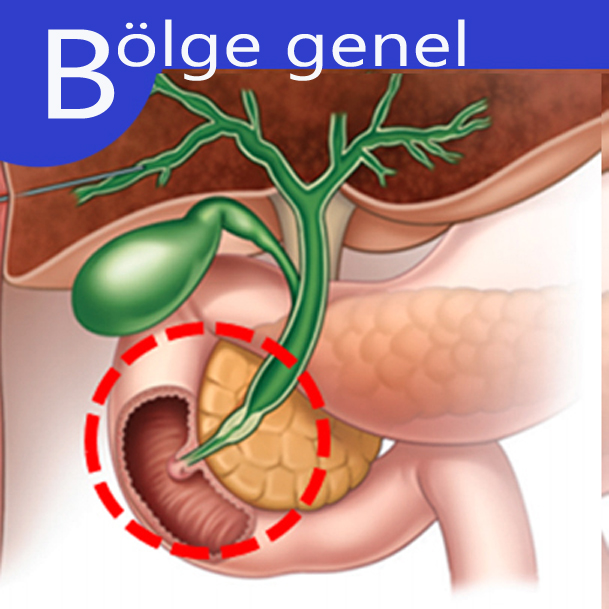
Tumors of the periampullary region (dashed red outlined area in the first picture).
They are actually 4 different tumors, but they all have similar symptoms, that is, jaundice, abdominal pain, and weight loss are usually at the forefront in all of them, and they are all treated with Whipple surgery.
Here we are talking about 4 diseases, all commonly referred to as pancreatic head cancer:
- Duodenal cancer
- Pancreatic cancer
- Bile duct cancer
- Ampulla cancer
Even though they all have the same surgery, it is important to know the differences between these four tumors, because each one originates from different cells in the same region, so the chemotherapy methods and survival times are different. If a tumor is suspected in the head of the pancreas, it is also important to know which of the four diseases schematized in the pictures below
Pancreas
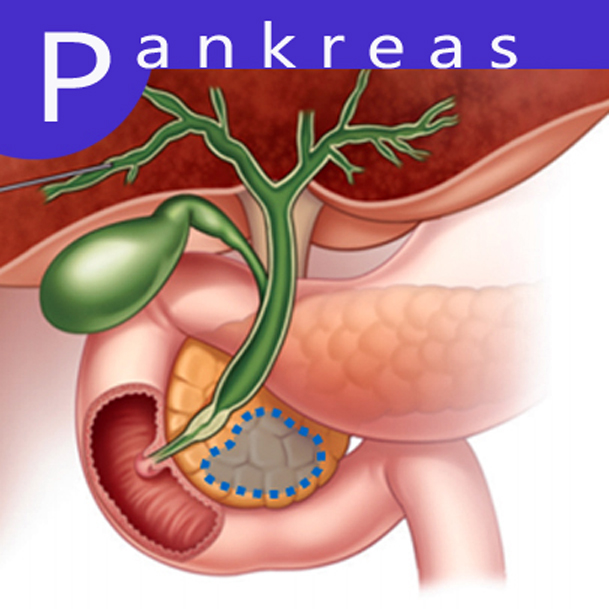
Biliary tract
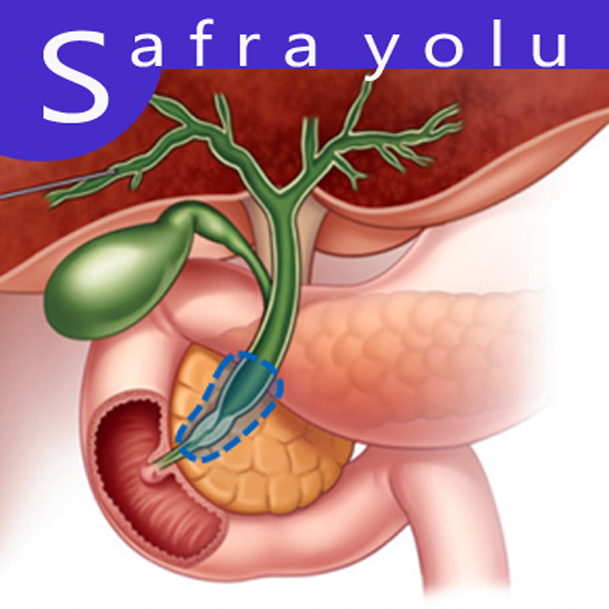
Ampulla
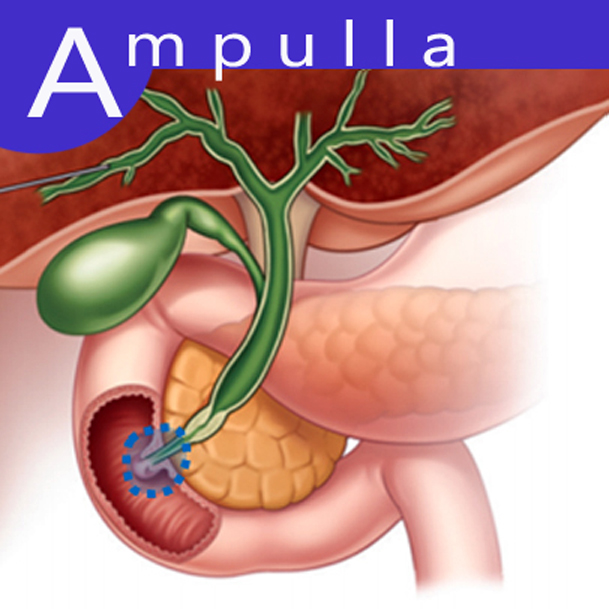
Duodena
